Have you ever had a dead battery in your camera at just the moment when you need them most? Worse still is a dead cell in an emergency situation. And you can’t always carry a charger with you. For those who like to (or need to) improvise, these recommendations may prove useful.
StepsMethod 1Method 1 of 2:Using a Battery to Charge a Battery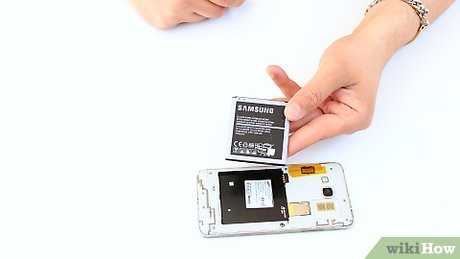
1Remove the battery from the device. You will need access to the connection points on the battery. Keep in mind that the battery is not intended to be accessed on certain models of cell phone, so know what can be done with the model you have. On most (but not all) Android and Windows phones the back can be removed with the appropriate amount of pressure in just the right spot. Do not attempt this with most Apple products.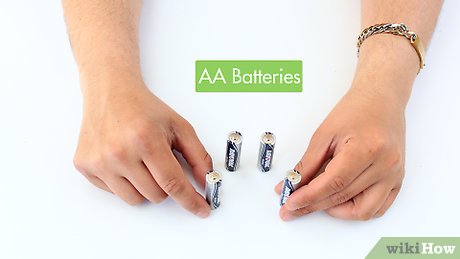
2Find some AA, AAA, or 9-volt batteries. Unlike the power that comes from the wall outlet (alternating current), the power in common household batteries is no different from that used by your cell phone or camera battery.XPerhaps you are baffled that anyone would suggest using one battery to charge another. Maybe you were expecting some magic trick that would allow you to add charge to your battery without having to find an alternate source of electric power. In fact, that is not possible. One of the fundamental laws of physics (the law of conservation of energy/conservation of mass) makes clear that you can’t get something for nothing. Deal with it.It is recommended that you charge your battery rather than attempt to hotwire your electronic device and use the alternative batteries directly. Using the improper amount of amperage or voltage can potentially damage complex circuitry, so such methods are obviously not worth the risk.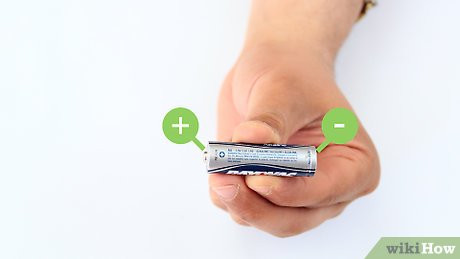
3Identify the positive and negative connectors on each battery. On the AAs and other household batteries, these will be marked. For most cell phone batteries, the positive connector will be the one closest to the edge, while the negative connector will usually be the one farthest from the edge (there may be three or four connectors, but the middle one or two are used for temperature regulation and other functions).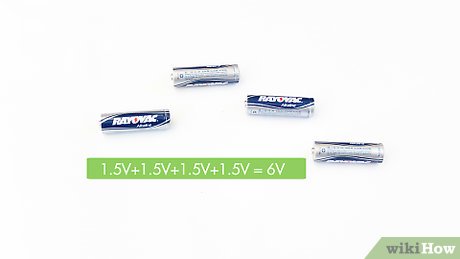
4Match voltage of your battery which need to charge and other battery (AA, AAA or others with enough power to provide). Normally now a day’s Cellphone battery needs more than 3.7V DC to get charged. So multiple AA or AAAs or one 9V battery will be idle for providing a charge. Keep in mind that normal AA or AAA battery on everyday household use provide 1.5V each. So to gain more than 3.7V, you need 3 AA or AAA battery connected in series. 1.5V + 1.5V + 1.5V = 4.5V would be your power source if battery on your hand is either AA or AAA model.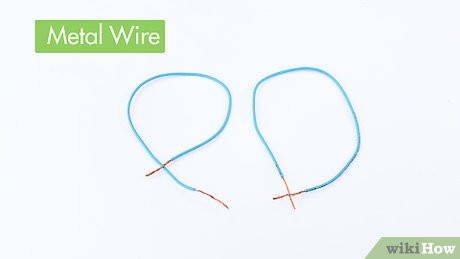
5Obtain two pieces of metal wire. Ideally, these will be covered in plastic insulation except for exposed ends.












